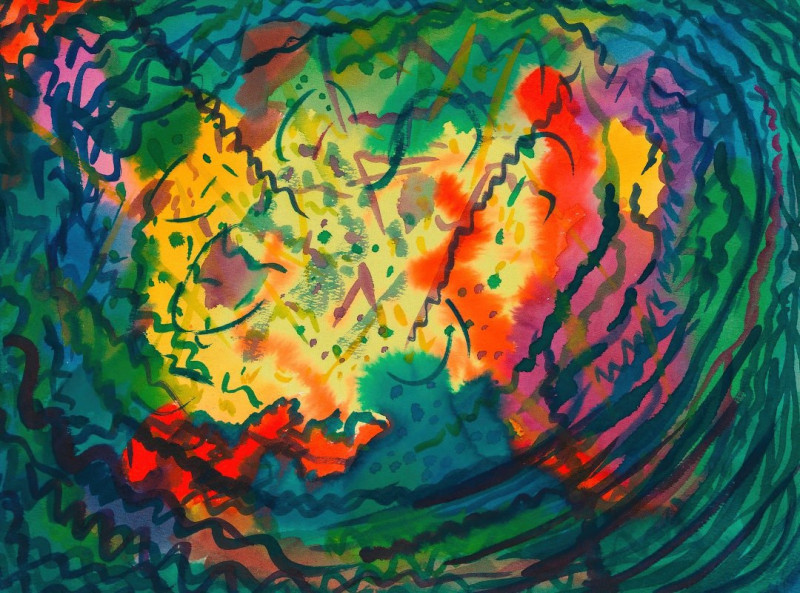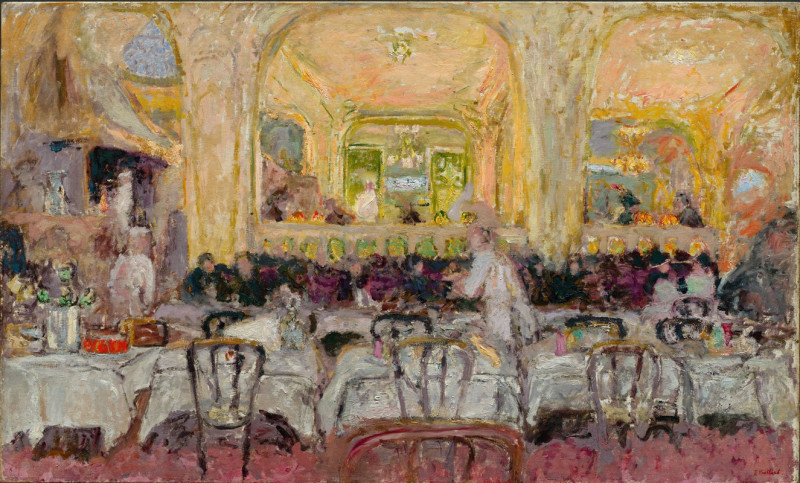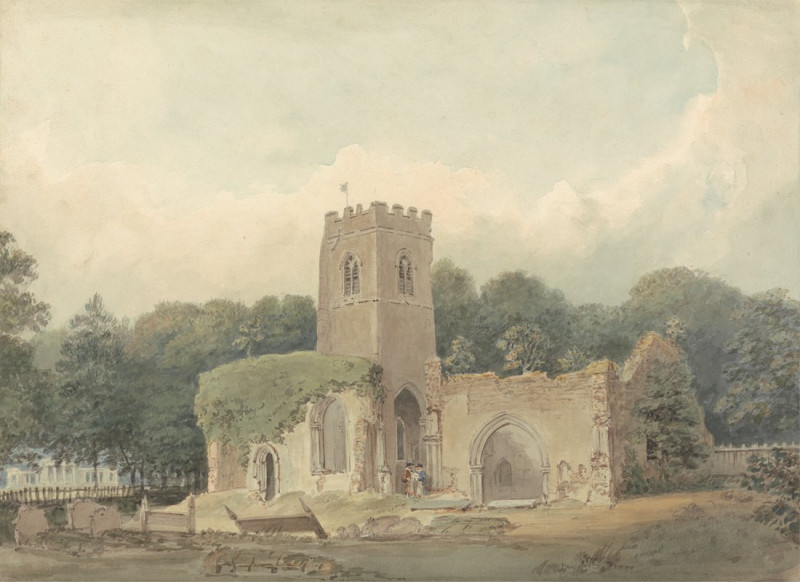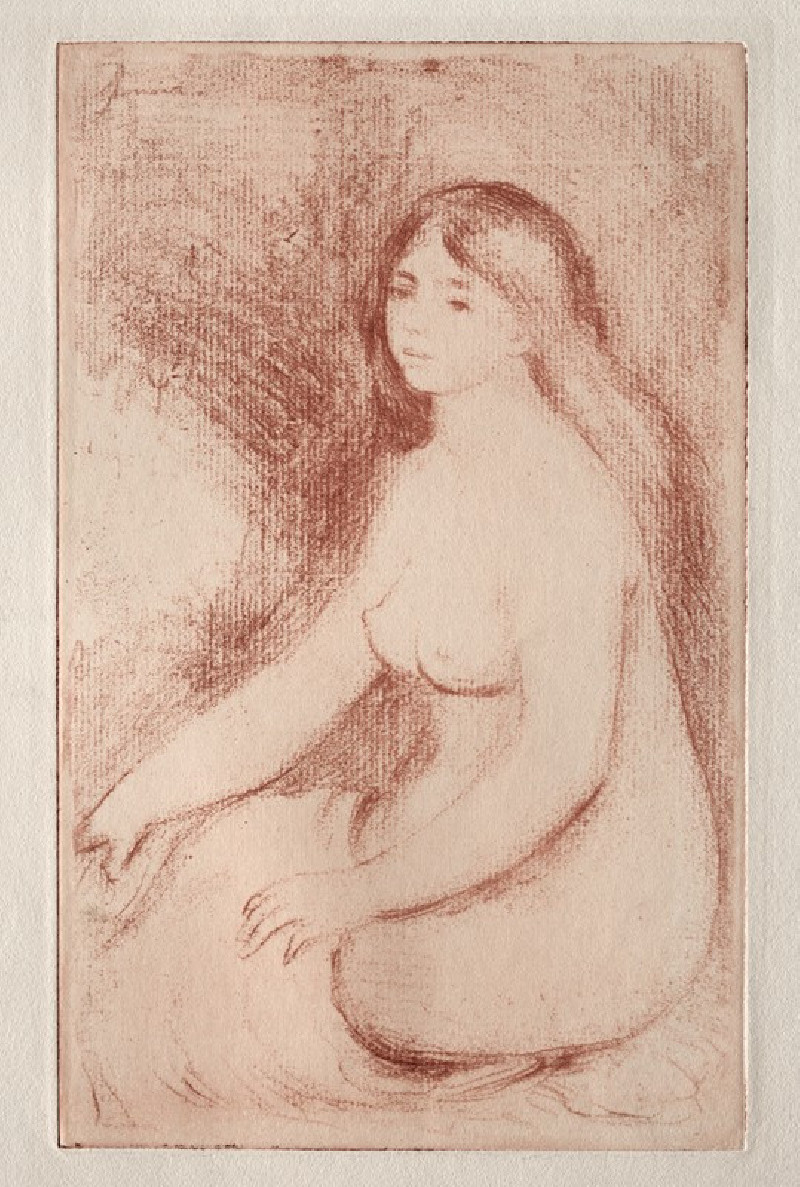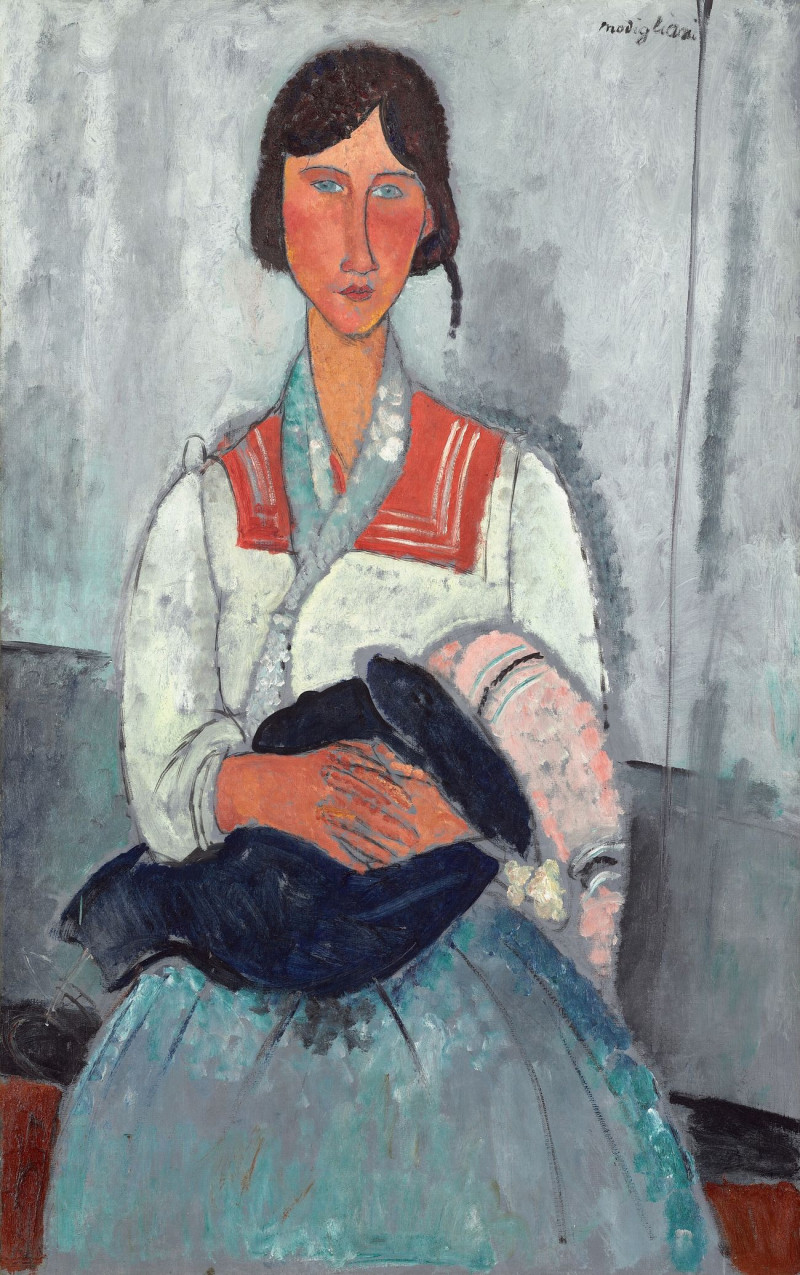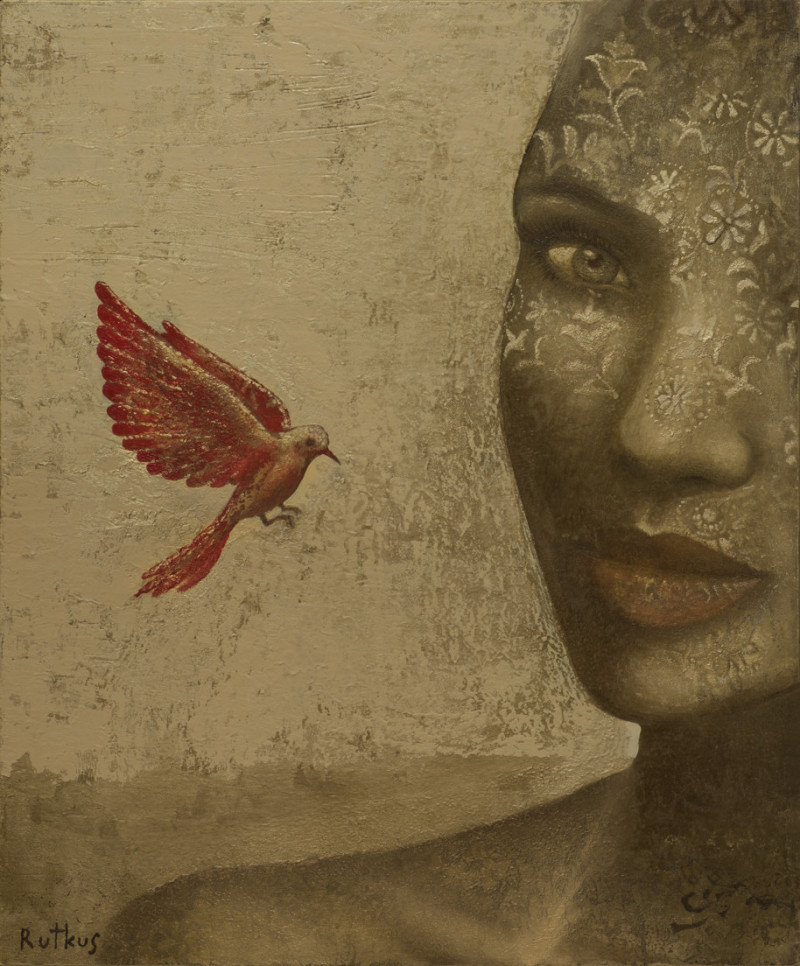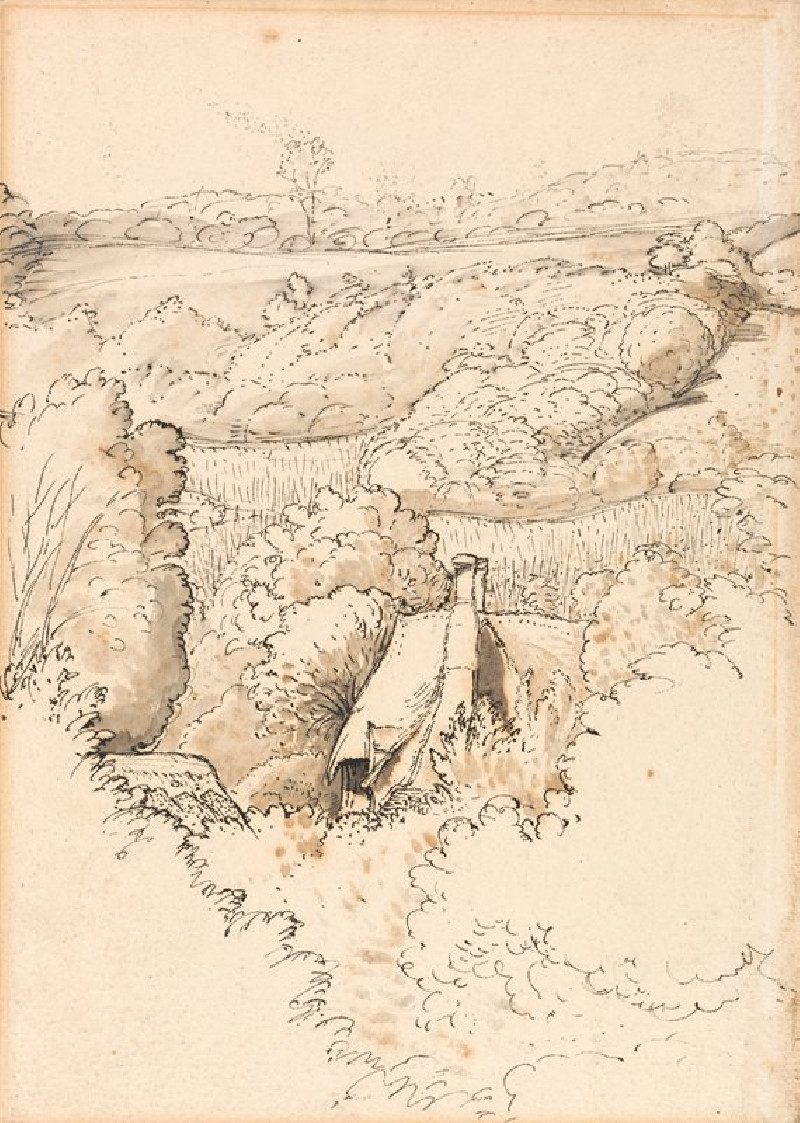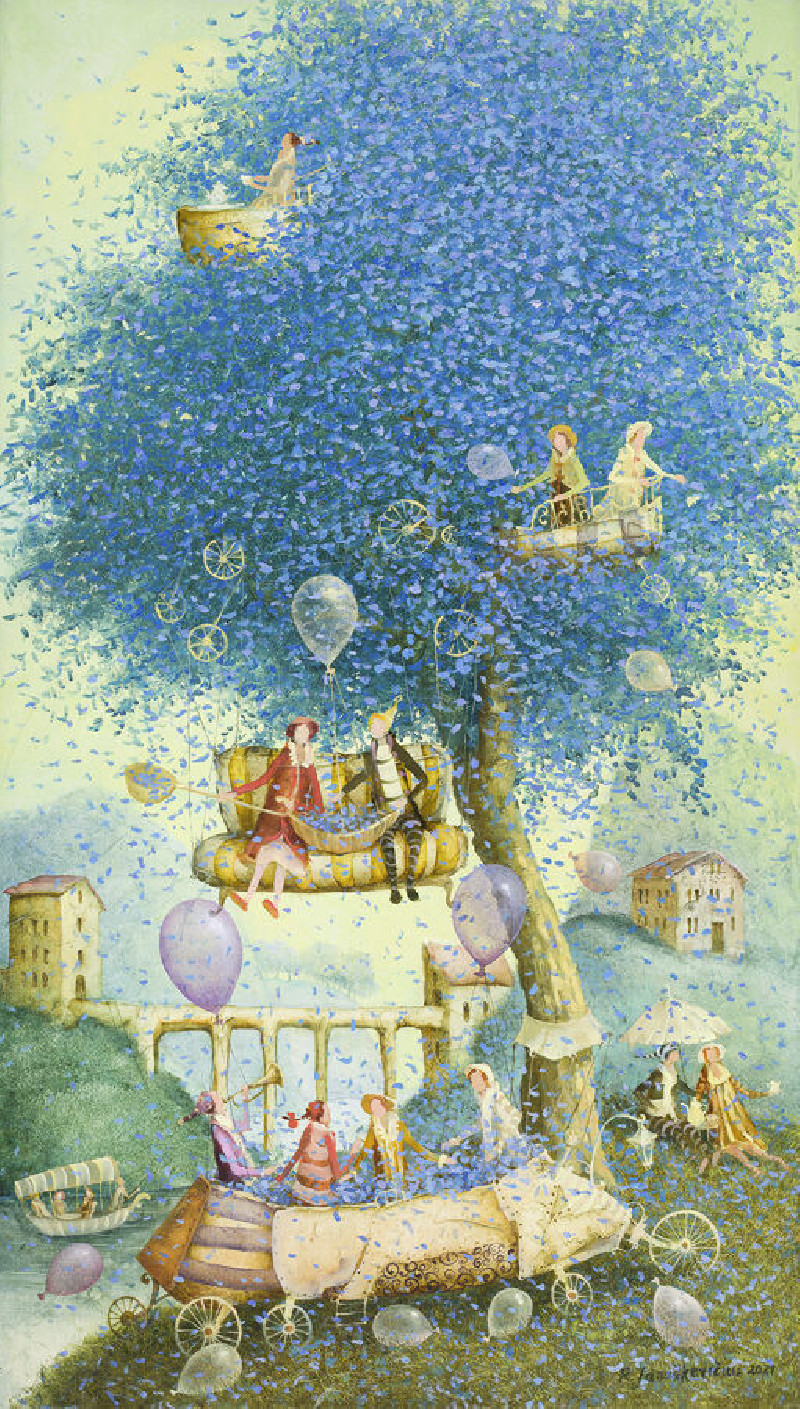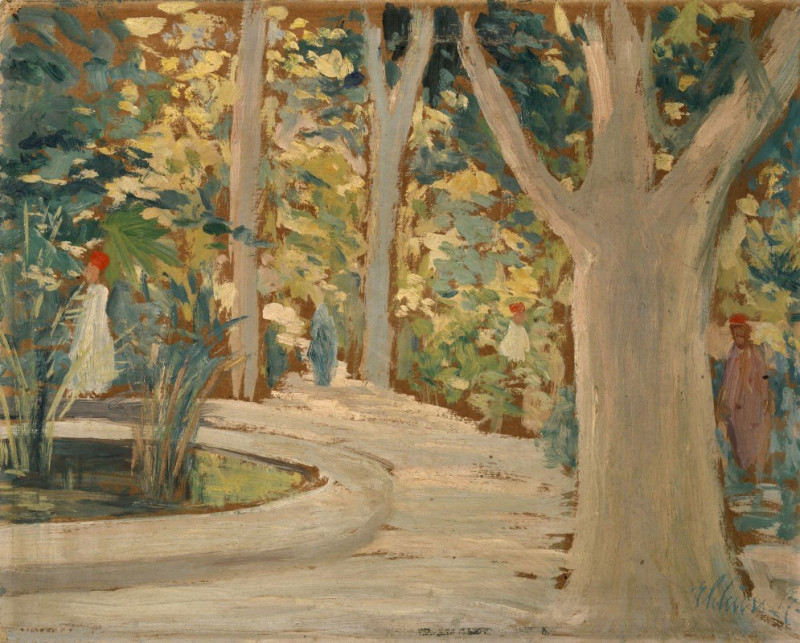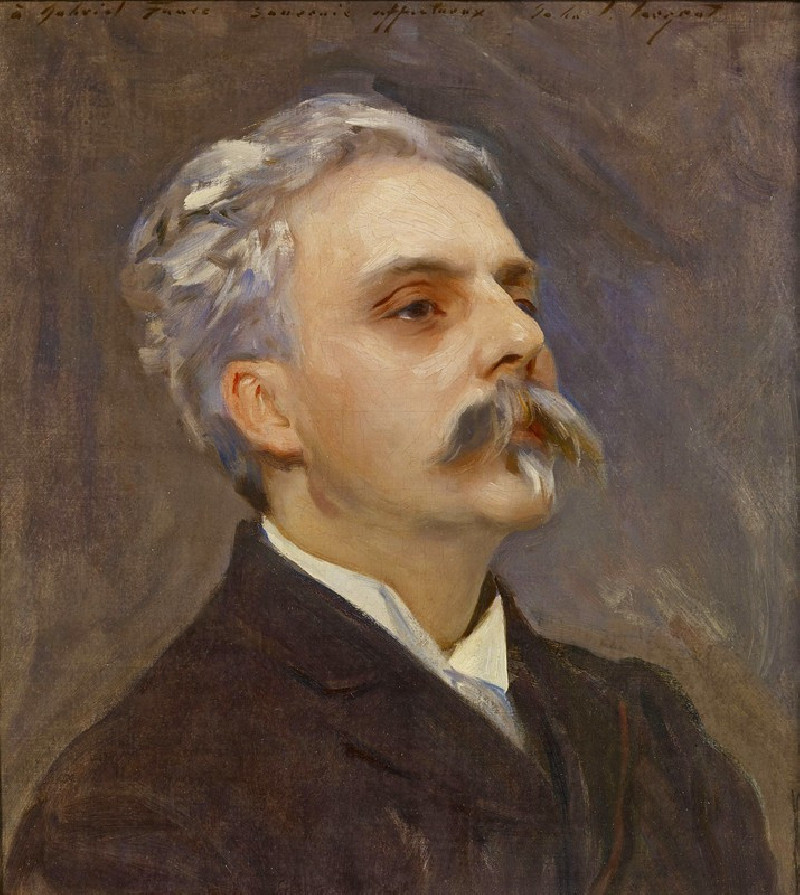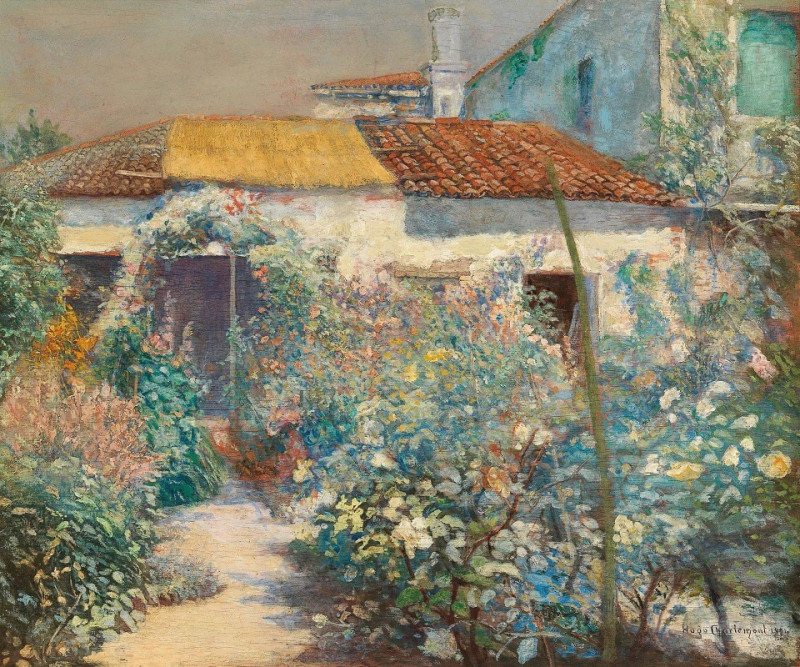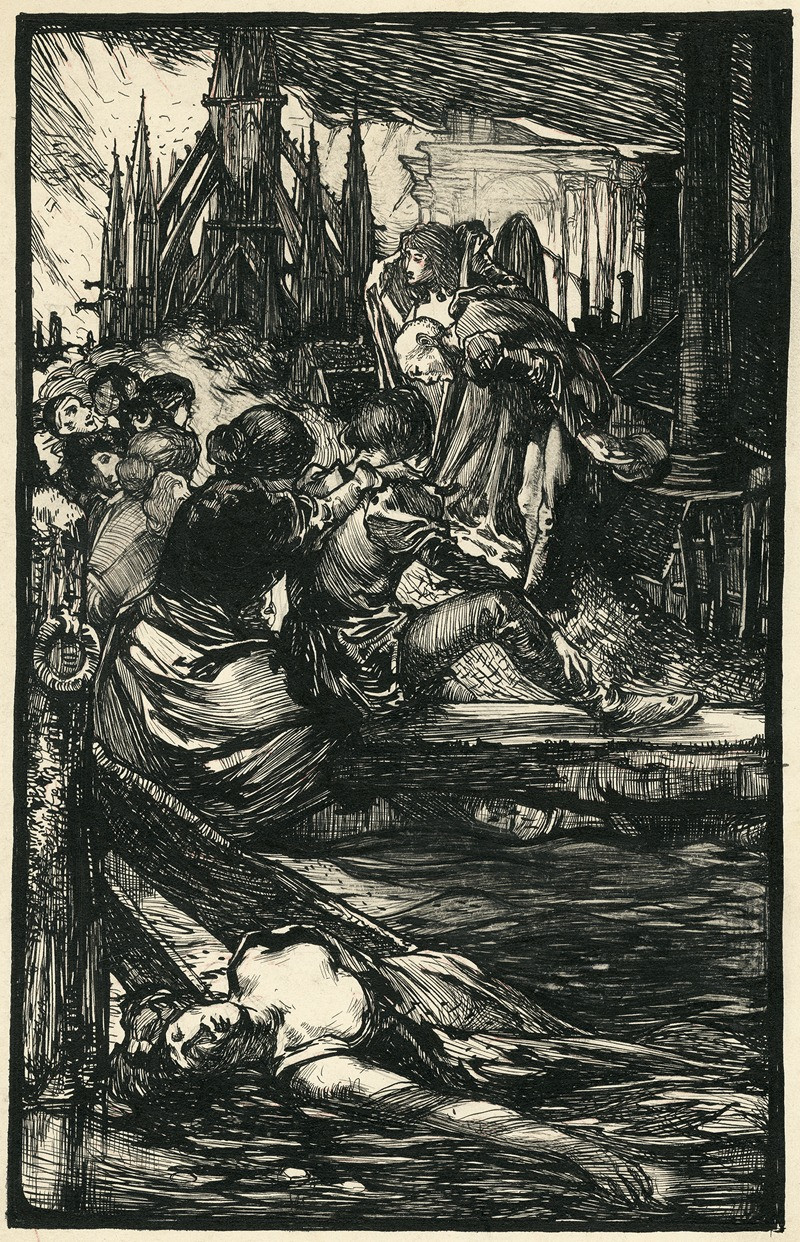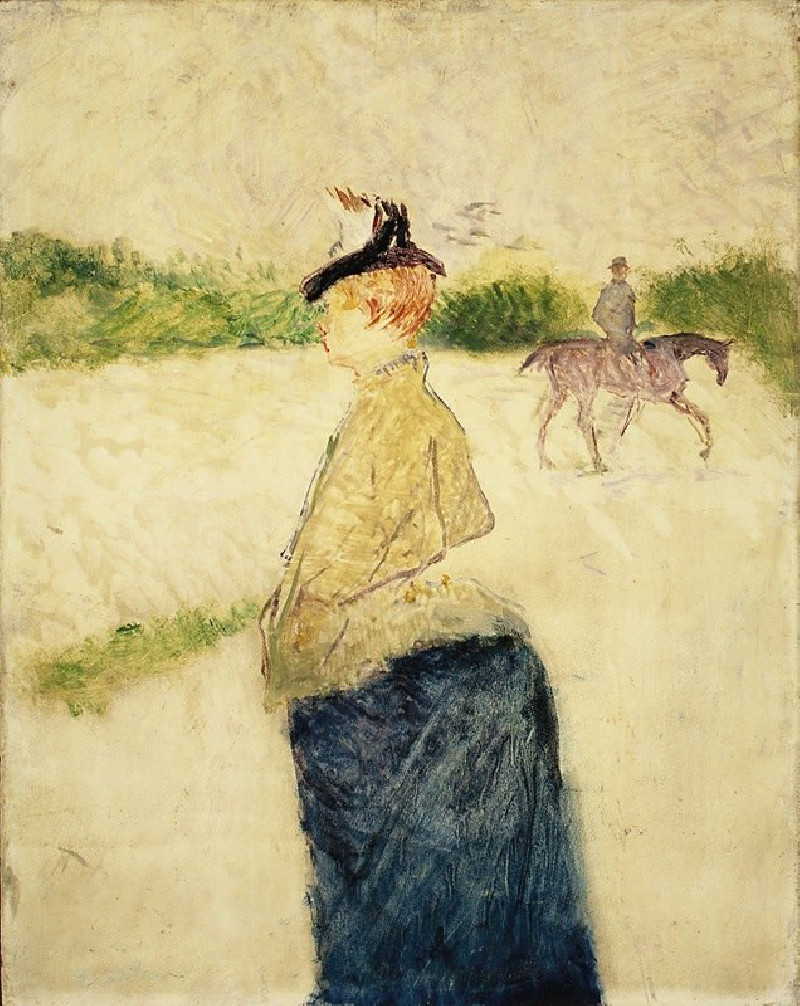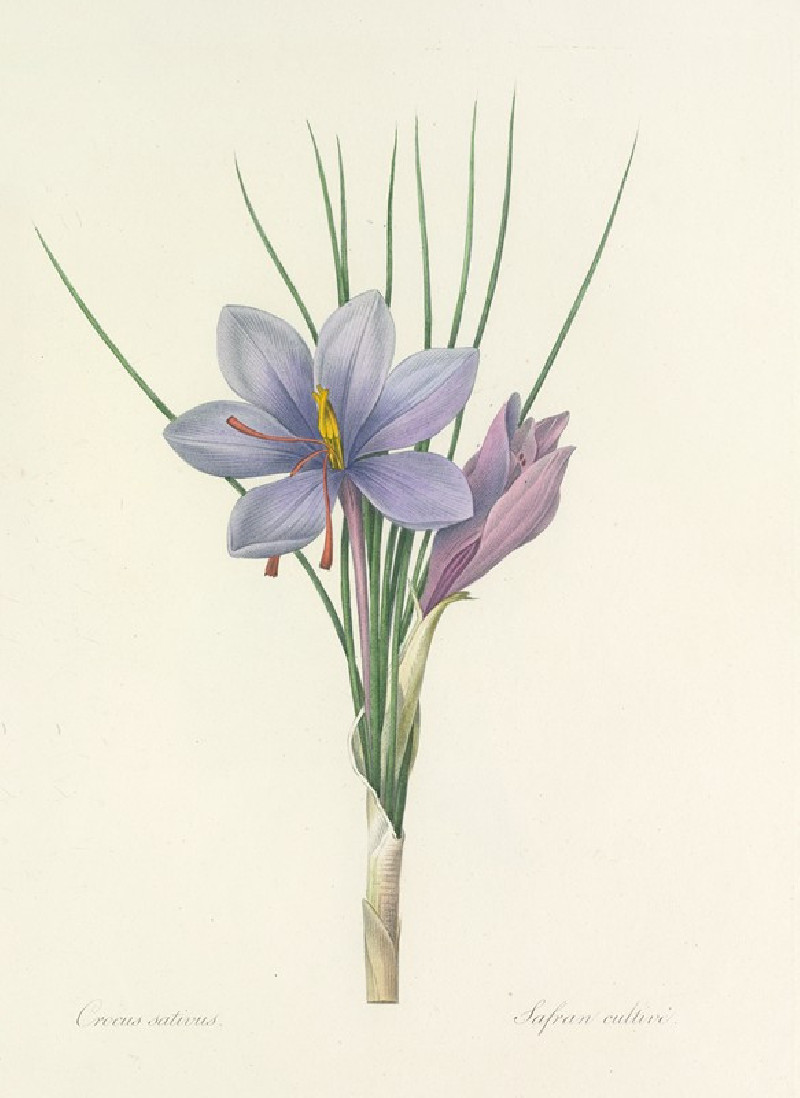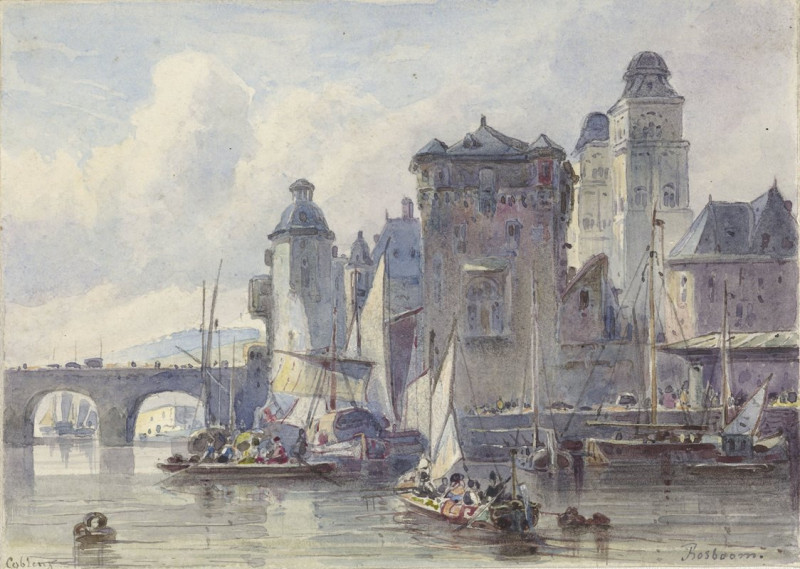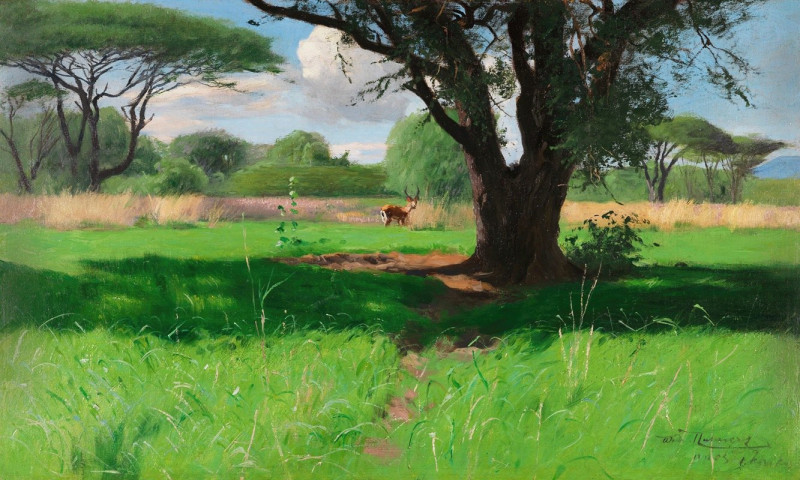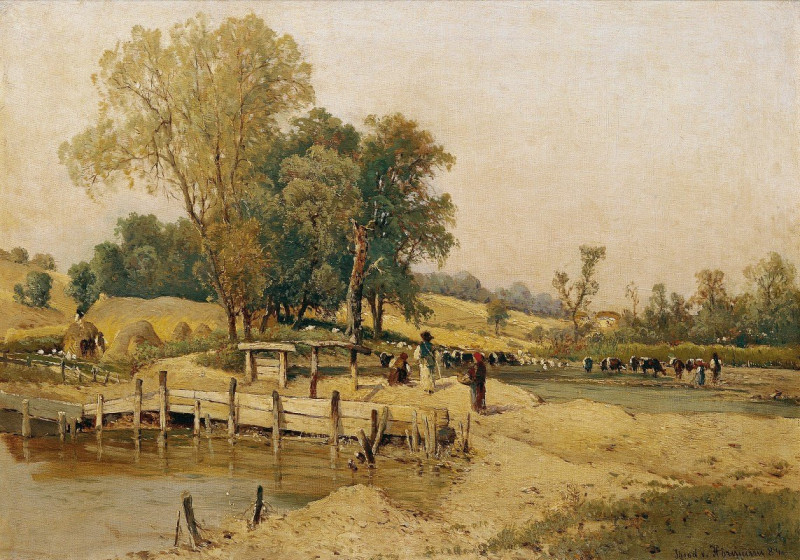Auflösung (around 1928)
Technique: Giclée quality print
Recommended by our customers
More about this artwork
Explore the vivid world of "Auflösung" by the acclaimed artist Karl Wiener, an impressionable piece from around 1928 that boasts an electrifying dance of colors and forms. The painting invites viewers into a turbulent, yet mesmerizing scene, characterized by dynamic swirls and whorls that create a sense of continuous motion. Predominantly featuring rich tones of green, yellow, red, and hints of blue, the artwork seems to oscillate between chaos and harmony.The title "Auflösung," meaning "dissolution" in German, aptly captures the essence of the painting—the decomposition or disintegration of form into a more fluid state. Wiener’s use of bold, overlapping colors and abstract shapes blurs the lines between the recognizable and the unknown, suggesting a transformation from the solid to the ethereal. This piece may be perceived as a visual representation of sentiments, energy, and the natural cycles of deconstruction and rebirth.As you gaze into the depths of "Auflösung," allow yourself to experience the unfolding drama, feeling the ebb and flow as the colors intermingle and the forms dissolve.

